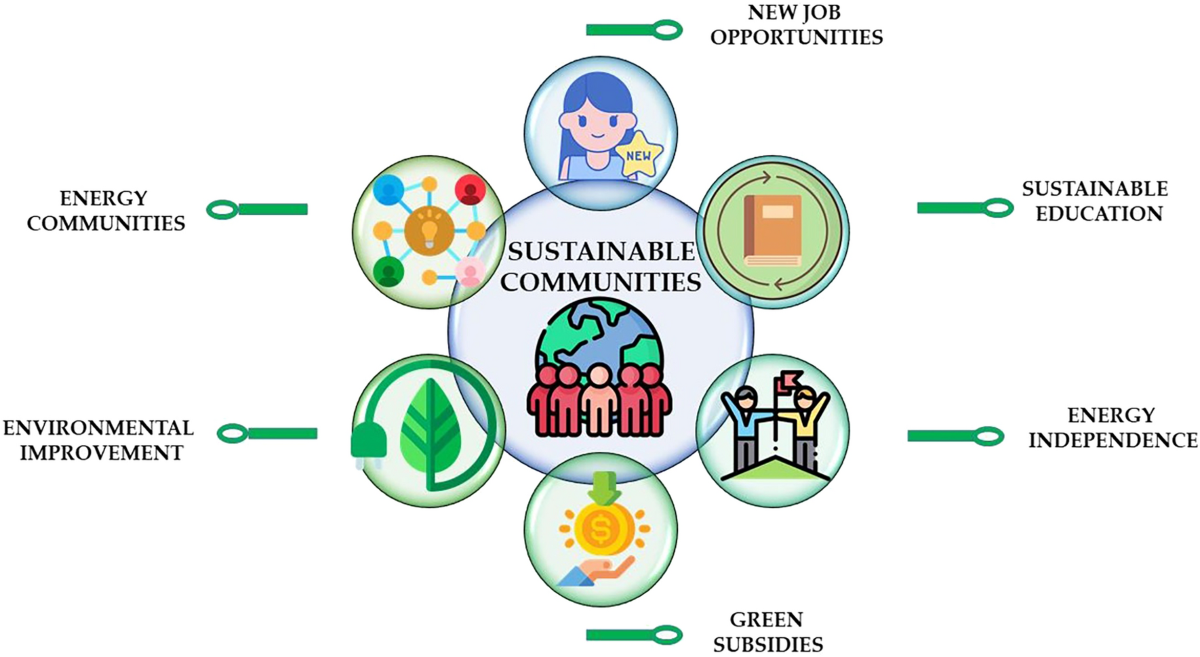Guide to Calculating Your Personal Carbon Footprint

Guide to Calculating Your Personal Carbon Footprint
As a middle-aged individual in the United States, understanding and managing your personal carbon footprint is crucial for contributing to a sustainable future. This guide will walk you through the process of calculating your carbon footprint, highlighting key areas of impact, and providing practical tips for reduction.

Introduction to Carbon Footprints
A carbon footprint is the total amount of greenhouse gases (GHGs) emitted into the atmosphere due to human activities, expressed in terms of carbon dioxide equivalent (CO2e). It includes both direct emissions (e.g., driving a car) and indirect emissions (e.g., the production and transportation of goods you consume) .5 .15.
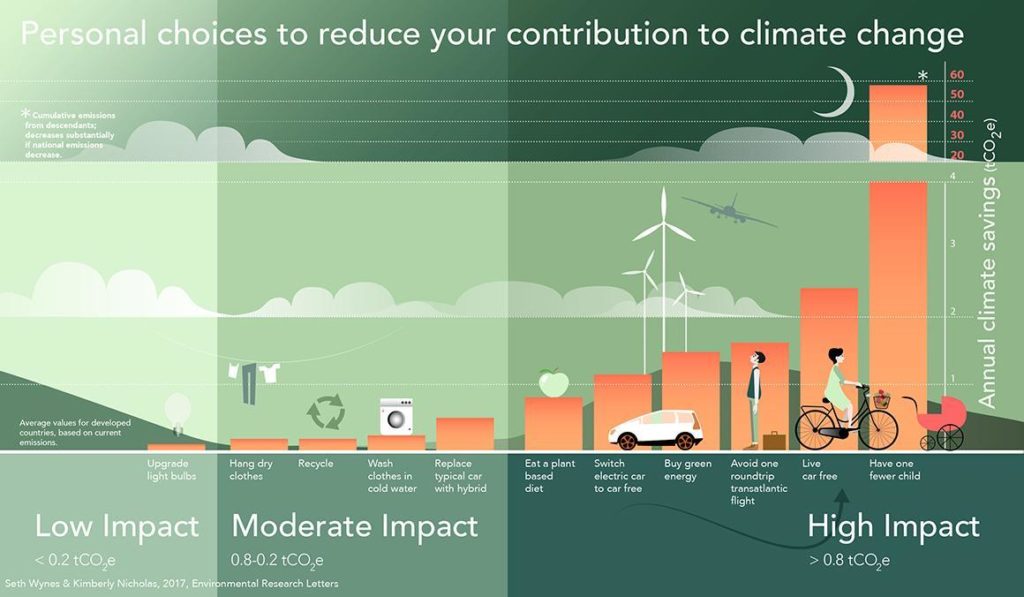
Why Calculate Your Carbon Footprint?
Calculating your carbon footprint helps you identify areas where you can make significant reductions, contributing to global efforts to combat climate change. It also allows you to set realistic goals and track your progress over time.

How to Calculate Your Carbon Footprint
Calculating your carbon footprint involves assessing emissions from several key areas:
-
Home Energy: Electricity, gas, and heating oil consumption.
-
Transportation: Driving, flying, and other forms of travel.
-
Food: Production, transportation, and consumption of food.
-
Waste: Disposal and recycling practices.
-
Consumer Goods: Purchases of clothing, electronics, and other products.

Tools for Calculation
Several online tools and calculators can help you estimate your carbon footprint:
-
EPA’s Household Carbon Footprint Calculator: Focuses on home energy, transportation, and waste .4.
-
Cambridge Carbon Footprint Calculator: Offers a comprehensive assessment of various lifestyle factors .11.
-
Nature Conservancy’s Carbon Footprint Calculator: Includes diet and shopping habits .12.
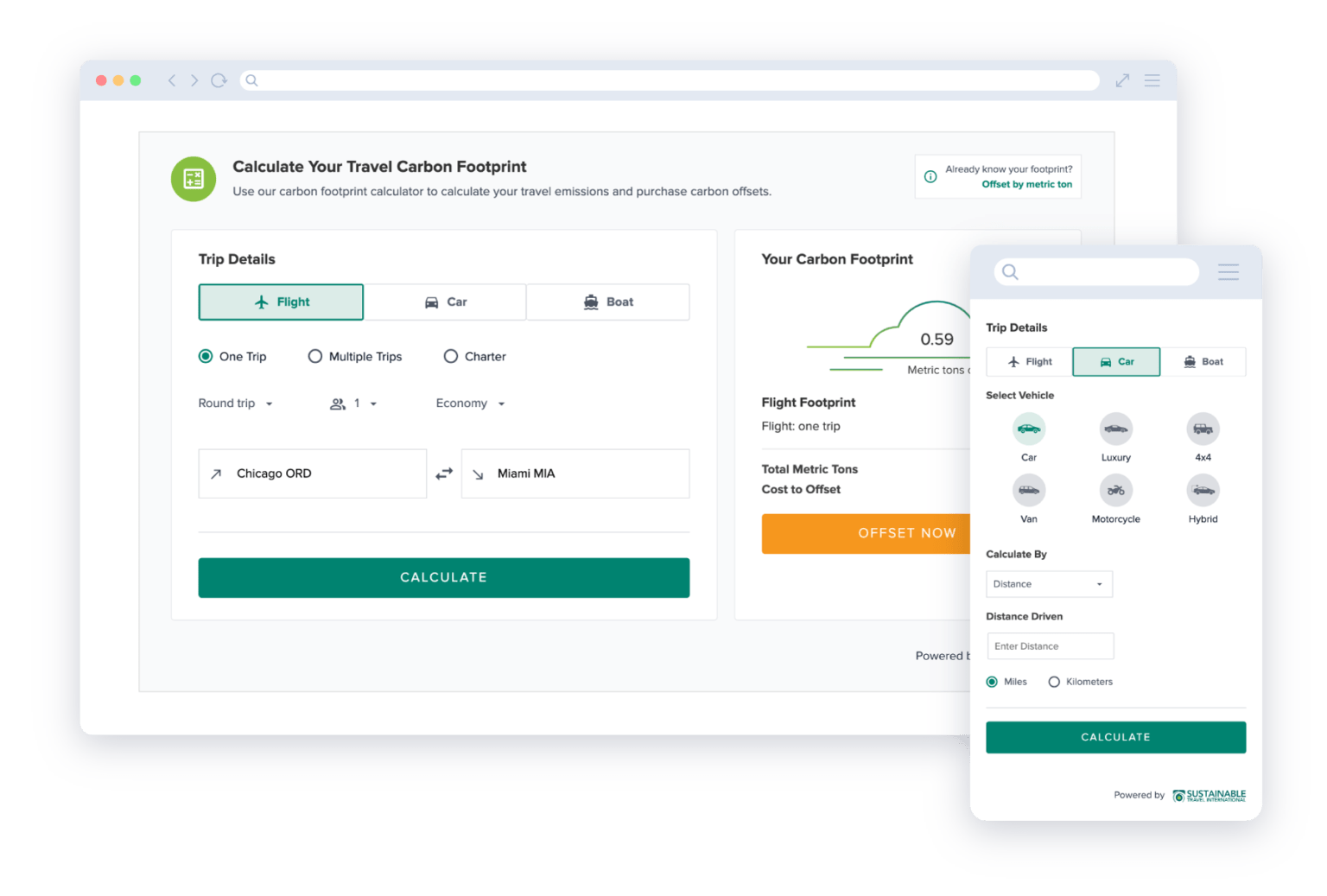
Key Areas of Impact for Middle-Aged Individuals

1. Home Energy
Middle-aged individuals often have established households with significant energy needs. Here are some tips to reduce your home energy footprint:
-
Conduct an Energy Audit: Identify areas of energy inefficiency in your home .8.
-
Switch to LED Bulbs: LEDs use less energy and last longer than traditional bulbs .8.
-
Use Renewable Energy: Consider solar panels or renewable energy plans from your utility provider .14.
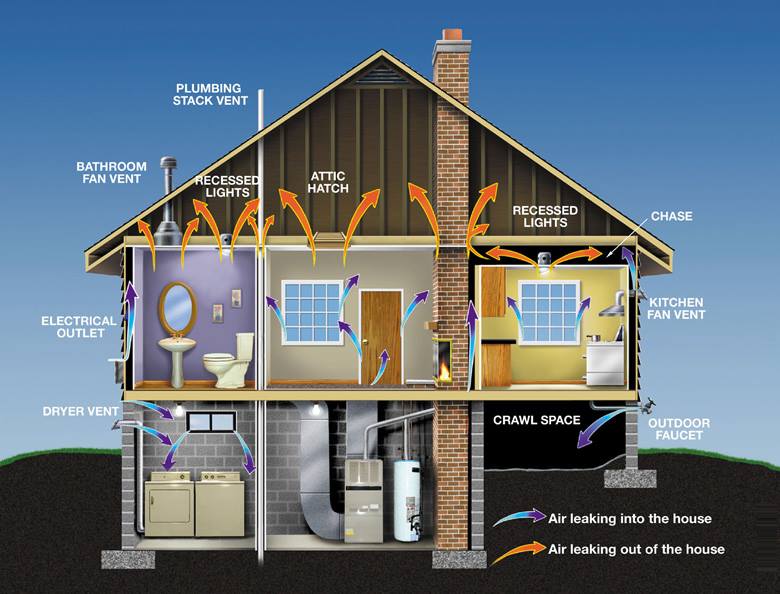
2. Transportation
Transportation is a major contributor to carbon emissions. Here are ways to reduce your impact:
-
Drive Less: Use public transport, walk, or bike when possible .8.
-
Choose Fuel-Efficient Vehicles: Opt for electric or hybrid cars for personal use .8.
-
Offset Flights: If you must fly, consider purchasing carbon offsets .10.
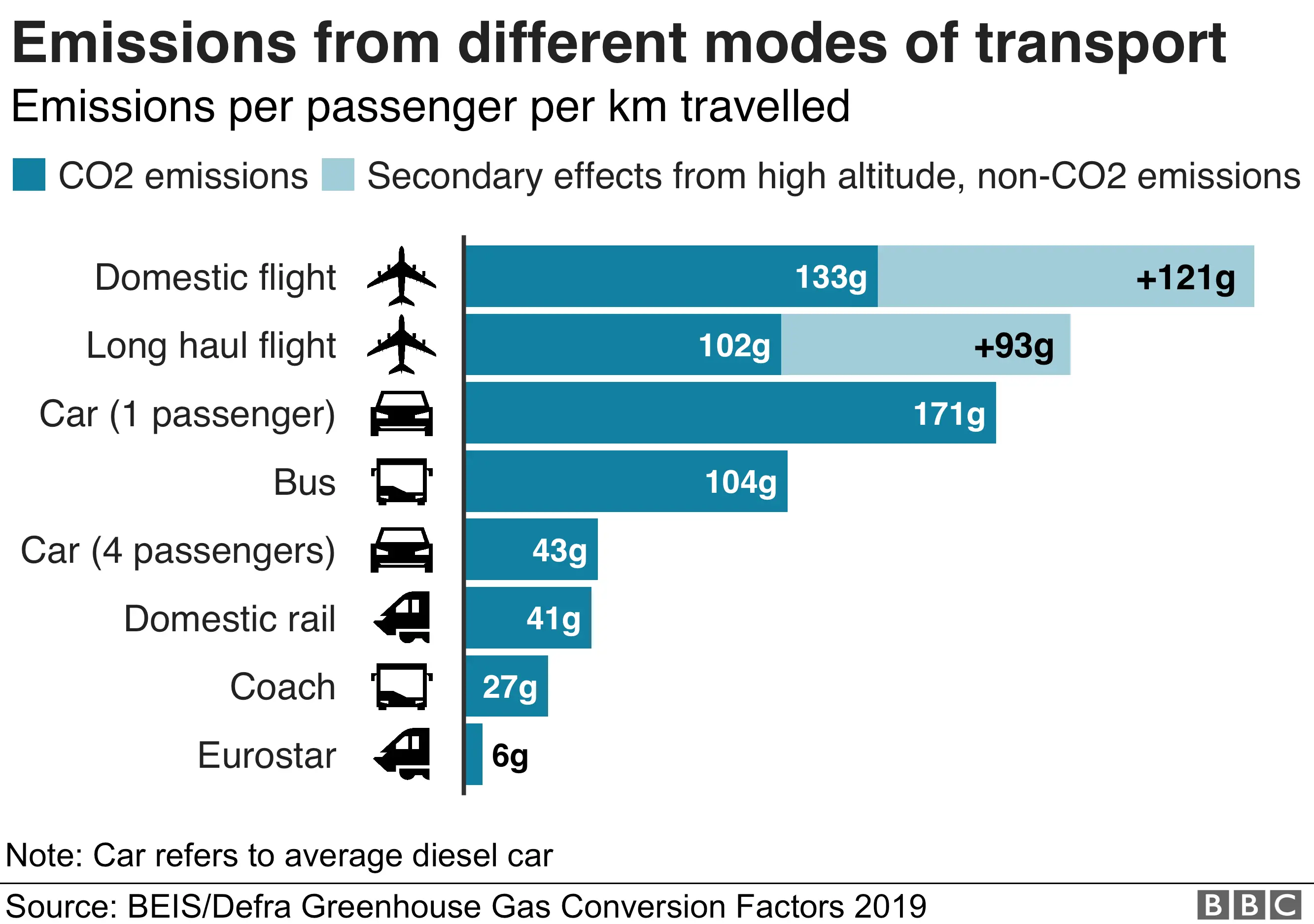
3. Food
Food production and transportation contribute significantly to emissions. Here are some strategies:
-
Eat Less Meat: Meat production is a major source of emissions; consider plant-based diets .8.
-
Buy Local and Seasonal: Reduce transportation emissions by choosing locally sourced foods .8.
-
Reduce Food Waste: Plan meals and use up leftovers to minimize waste .8.
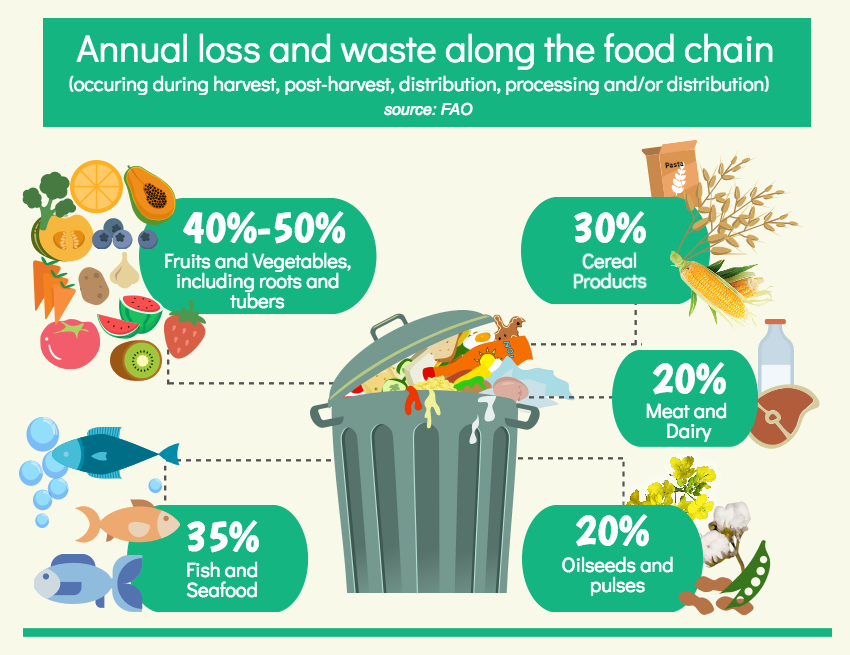
4. Waste
Proper waste management can significantly reduce emissions:
-
Recycle and Compost: Ensure you recycle as much as possible and compost food waste .4.
-
Avoid Single-Use Plastics: Use reusable bags, containers, and water bottles .8.

5. Consumer Goods
Your purchasing habits can impact emissions:
-
Buy Second-Hand: Consider buying used clothing and electronics .8.
-
Choose Sustainable Products: Opt for products with minimal packaging and sustainable materials .8.

Practical Tips for Reduction
Here are some additional tips tailored for middle-aged individuals:
-
Downsize and Declutter: Reducing possessions can lead to lower energy consumption and waste.
-
Support Sustainable Companies: Choose companies that prioritize environmental sustainability.
-
Educate Your Family: Involve family members in reducing your household’s carbon footprint.

Conclusion
Calculating and reducing your personal carbon footprint is a meaningful step towards a more sustainable future. By focusing on key areas like energy, transportation, food, waste, and consumer goods, you can make significant reductions. Remember, every small change counts, and collective efforts can lead to substantial positive impacts on the environment.
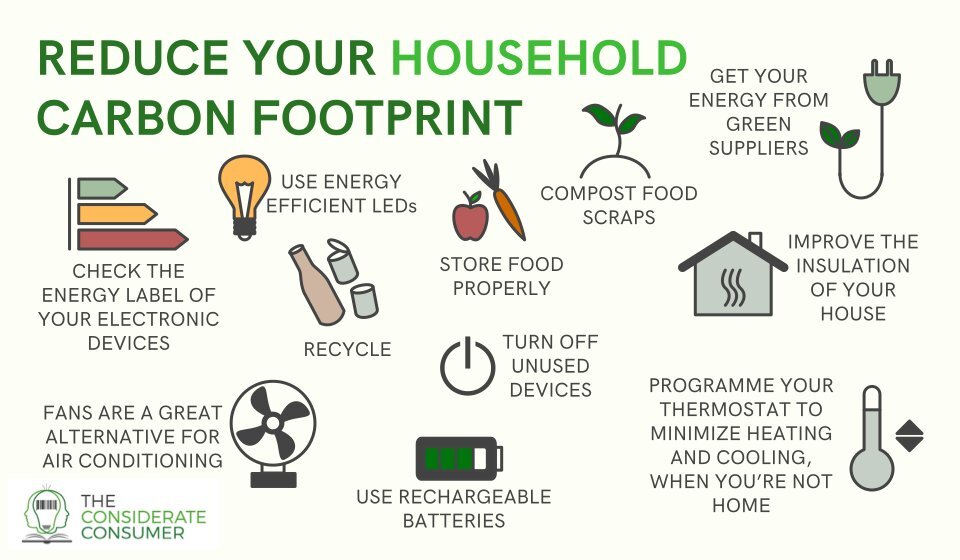
Additional Resources
For further information and tools to help you on your journey to reduce your carbon footprint:
-
EPA’s Green Power Partnership: Offers resources for transitioning to renewable energy .9.
-
Carbon Offset Programs: Learn about offsetting emissions from flights and other activities .10.
-
Local Community Initiatives: Engage with local environmental groups for community-wide sustainability efforts.
By embracing these strategies and tools, you can not only reduce your carbon footprint but also inspire others to join in creating a more sustainable world.
